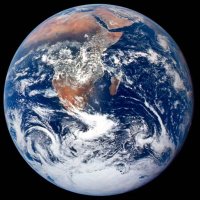
🇺🇸 Rockhound 🇺🇸
@sodbustrpatriot
🧑🏻🏫 🌎 🌊 ☕️ 🖖🏻 ☃️ 🎸 🌋 ⚒ #Resist #FBR #BLM
ID: 2252546206
30-12-2013 18:36:33
305 Tweet
49 Followers
221 Following

Today I found out my neighbor who works for USDA lost his job. I don’t know him well, but I do know he’s worked for USDA for the 12 years I’ve known him. What I do know…. I’m incredibly happy for him and his family. I’m glad he lost his career. I’m glad he lost his source









You lost Donald J. Trump. The people have rejected you again today. The world despises you. It doesn't celebrate your birth, it laments it. It has come together in disrespect and disdain of you. No one showed up at your vanity parade. We're laughing at you. We're defying you.


















